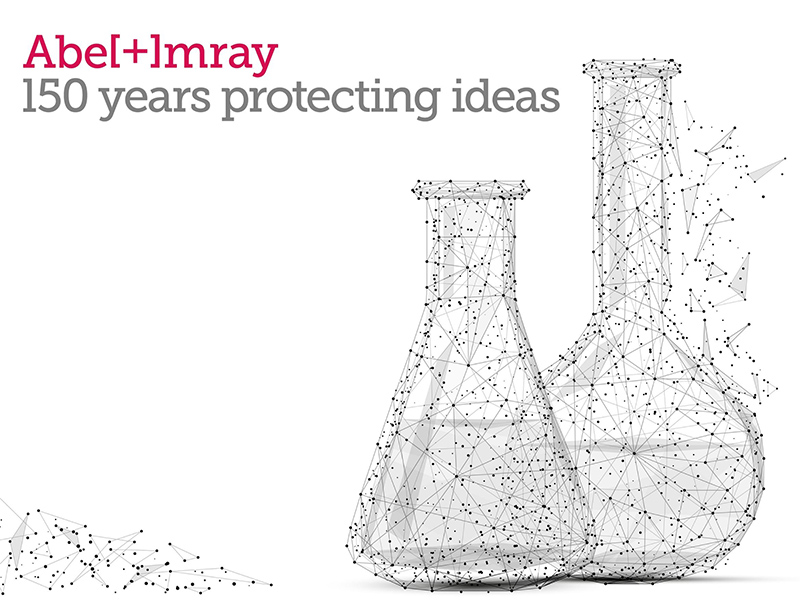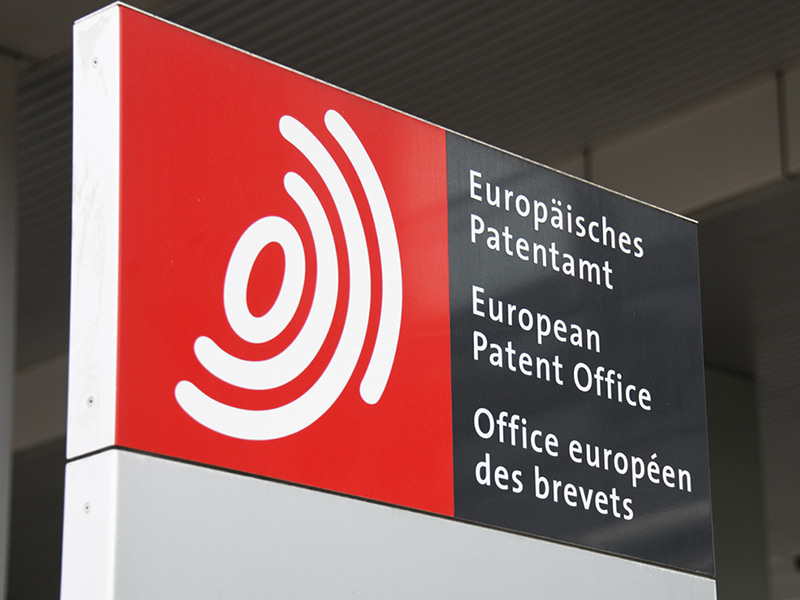Are you thinking of filing a chemical industry patent in 2022? Anthony Ball, Senior Associate at patent attorney Abel + Imray, gave us the lowdown about what you need to know about the process, cost, and filing your patents in different countries.
I’ve developed a novel technology. How do I patent it, how long does it take, and how much could it cost?
The first step in patenting a novel technology is to file a patent application. The patent application must contain a description of the technology that you have developed in enough detail for others to work the invention. It also needs to contain some claims that define the protection you think you are entitled to. Before the application is filed, it is also important to sort out who the inventors are and who owns the invention.
The application is then examined, during which the Patent Office and you come to an agreement regarding the extent of protection that you are entitled to. Once the extent of protection is agreed, the patent will proceed to grant.
The application will be published around 18 months from filing. This allows competitors to see what you intend to protect. It usually takes longer for the patent to be granted (and so be enforceable) - usually from four to 10 years. For a UK patent which protects a chemical invention, the total cost might be around £10,000.
A separate patent is required for each country that you are likely to want to stop competitors using your technology. Obtaining patents in the most important markets might cost in excess of £50,000 for a chemical invention. Although this might sound like a lot of money, not all of this needs to be paid at the start of the process. Instead, it is spread out over a few years, with the biggest investment usually coming three years into the process.
You mentioned that you can obtain a patent for a compound, a formulation, or a process for synthesising compounds. Does the patent process and cost vary according to the type of product or the branch of chemistry?
The overall process – filing a patent application, the patent application being examined and then the patent being granted – is the same for all technologies. However, there are some issues faced in certain branches of chemistry (such as pharmaceuticals) which can be quite difficult to overcome, and are not faced as commonly in other branches of chemistry. Because of this, it can sometimes take longer for patents in these fields to be granted than in other fields of chemistry, and the costs can be higher.
In which scientific areas has there been a recent rise in patent applications and are any fields relatively under-represented by comparison?
Focusing on European Patent Applications, the chemical industry has been fairly strong recently. Pharmaceutical and biotechnology in particular saw relatively large increases in the number of European patent applications filed in 2020, although the number of patents in the organic fine chemical field slightly decreased.
I want to file my patent in several countries. What do I do, and how much do the costs vary, depending on the country? For example, how would the cost of a patent in the UK compare to one in the US?
If you wish to have a patent in several countries, the start of the process is the same as the one described earlier; a patent application is filed in one country. Then, the most cost effective way to extend the protection to other countries is usually to file a “PCT application” within a year of filing the original application. After a further 18 months, you can turn this PCT application into applications for most countries around the world, including Europe, the US, China and India.
Costs do vary between different countries. To use the example above, it might cost 50-100% more to obtain a patent in the US than in the UK alone. It is worth noting that a patent for the same technology from the European Patent Office might cost around the same as a patent in the US, but the patent from the European Patent Office can then be converted into a patent in each country in the EU, plus some others (including the UK, Norway and Switzerland). Unfortunately, it is difficult to be precise about costs, because they depend very much on the number and type of objections raised by the patent office examiners.
One other consideration is translations. For long applications (which can be quite common in some branches of chemistry), these can be expensive, adding thousands of pounds to the cost for obtaining a patent. One country in particular where a translation might be required, and is of growing importance in the chemical area, is China.
Patents from the European Patent Office are valid across the EU and in several other countries. | Editorial credit: nitpicker / Shutterstock.com
>> From patents to green chemistry and agrifood, we have some great events coming up. Find out more on our event page.
Is there anything chemists and chemistry industry professionals should be particularly mindful of when submitting patent applications in 2022?
Patent law is underpinned by a number of international agreements, which are hard to renegotiate. As a result, the law is actually very stable over time, and so the considerations in 2022 will broadly be the same as they have been in the past. Having said that, one important thing to bear in mind at the moment is the amount of data to include in the patent application.
There is a balance between filing as soon as possible (to prevent a competitor getting there first, and to minimise the chance of a disclosure of something that would make your technology unpatentable), and making sure that the application has enough data to show that the extent of protection that you are asking for is justified. In some cases, it is possible to present data to justify the scope of protection after the application has been filed, but recently many patent offices have made that more and more difficult.
As such, filing too early, and with only a small amount of data to support your claims, could result in a very narrow patent, which might potentially be easy to work around. It is very important to include enough evidence to show that at least the parts of your invention which have the most commercial interest (e.g. the most active compounds) show the technical effect which is mentioned in the patent application.
How much have the law and process around patents changed in recent years?
The law around patents and patent applications is always evolving, albeit slowly. The basics – that the technology must be new, not be obvious in view of publicly available knowledge, and have an industrial application – have remained the same for many years. Likewise, the basic process to obtain a patent, as described above, has not changed recently, but the minor details of that process are constantly being updated, for example to incorporate new technology (such as online filing of the application and supporting documents, and online publication of the application) and to improve cooperation between the patent systems of different countries.
An example of improved cooperation between countries is the Unified Patent Court (UPC), which is likely to begin hearing cases in 2022. Currently, patents have to be enforced in each EU country separately using the national court systems. The UPC will establish a common court system and allow a patent to be enforced in one court case, with the result being valid for the whole of the EU.
I have made a further development to my technology after filing my patent application. How can I protect my new development?
Once it has been filed, nothing can be added to a patent application. Because of this, if you want to protect a new development to the technology that is the subject of a patent application, then another patent application must be filed directed to the new development. The two applications will be treated separately, and so in order for a patent to be granted which protects the new development, the new development must satisfy all the criteria for patentability described above.
To read more from Abel + Imray on patents, visit: https://www.abelimray.com/






